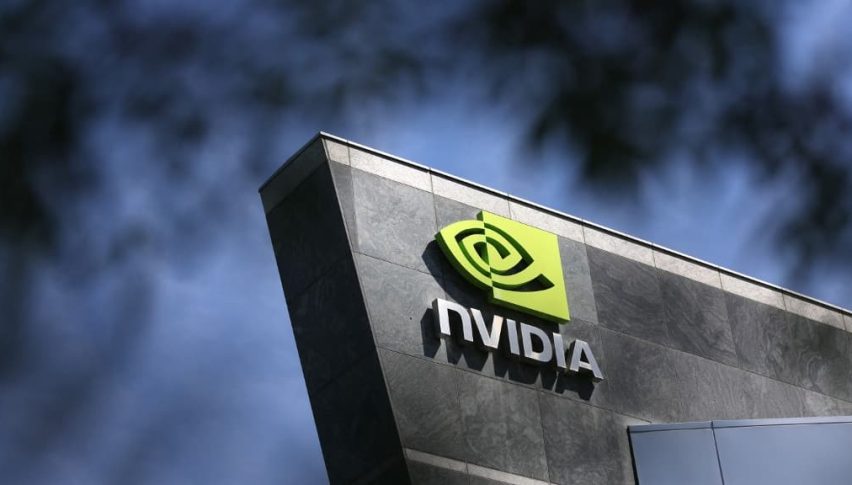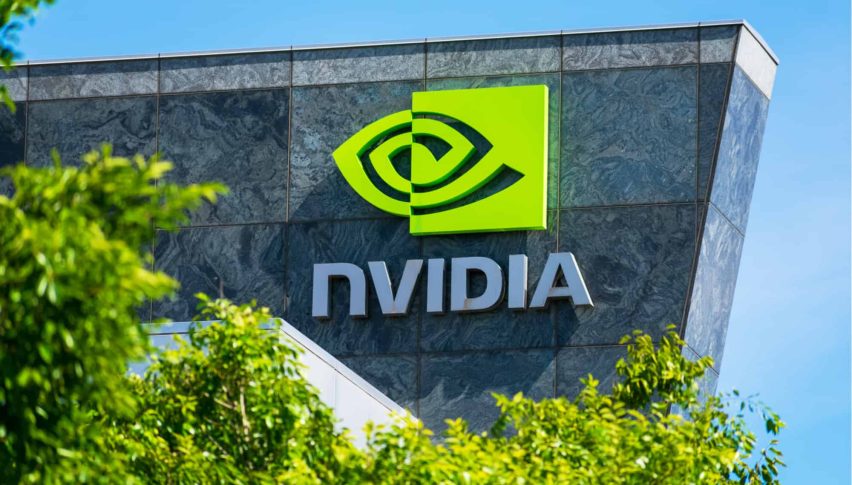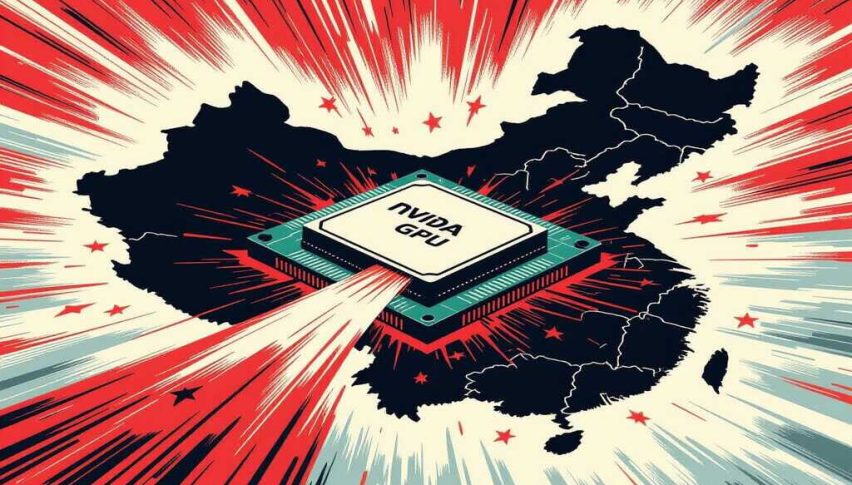Nvidia Stock Breaks Support on New China Chip Fear – NVDA Eyes $153
Nvidia’s rally to new highs has given way to selling pressure as risk-off sentiment and policy uncertainty dampen enthusiasm for tech stocks

Quick overview
- Nvidia's stock surged to an all-time high of $183.97 but has since dropped over 5% amid broader market selling pressure.
- The downturn in Nvidia's stock reflects a risk-off sentiment affecting the entire technology sector, with other companies like Palantir also experiencing significant declines.
- Investor confidence is shaken by uncertainties surrounding U.S.-China relations and the potential impact of regulatory changes on Nvidia's growth.
- Technically, Nvidia has broken below its 20-day simple moving average, indicating potential further weakness in its stock price.
Live NVDA Chart
[[NVDA-graph]]Nvidia’s recent rally to new highs has quickly given way to selling pressure as broader risk-off sentiment and policy uncertainty dampen enthusiasm for technology stocks.
Nvidia’s Rise and Sudden Reversal
Nvidia’s stock briefly surged to an all-time high of $183.97 last week, boosted by Washington’s push to strengthen domestic chip manufacturing and speculation that restrictions on sales to China may ease. Yet this momentum faded just as quickly. Shares have since dropped more than 5%, sliding back to $173 after dipping under $170 during the latest U.S. trading session. The shift highlights how fragile investor confidence remains in the semiconductor sector.
Risk-Off Tone in Broader Markets
The downturn is not confined to Nvidia. On a day when global markets leaned heavily toward safe-haven assets, leading technology and AI stocks came under significant pressure. Palantir (PLTR), for example, slumped around 25% from earlier highs, underscoring the heightened volatility across the tech landscape. Market heatmaps confirm broad-based declines, reinforcing the perception that investors are questioning the resilience of the sector after months of strong performance.
INTC Chart Daily – The 20 SMA Is Now Broken
Political Support Meets Policy Uncertainty
Nvidia’s peak last Wednesday coincided with a high-profile White House meeting between President Donald Trump and CEO Jensen Huang. Discussions reportedly centered on trade with China, corporate tax policy, and expanding U.S. chip production. The symbolism of the meeting, combined with Apple’s subsequent $100 billion U.S. manufacturing commitment, initially fueled optimism around American leadership in high-tech industries. But the rally quickly turned into a pullback as concerns grew over the complexity of U.S.–China relations and the unclear timeline for next-generation chip approvals.
China Market Exposure and Strategic Risks
A key issue weighing on sentiment is Nvidia’s reliance on Chinese demand for its chips and data center products. Reports about the company’s potential “B30A” processor designed specifically for China have stirred speculation but also uncertainty, especially in light of Washington’s prior restrictions on high-end AI chip exports. Investors worry that shifting regulations could directly affect Nvidia’s long-term growth, leaving its share price vulnerable to geopolitical developments.
Technical Signals and Market Outlook
On the technical front, Nvidia has now broken below its 20-day simple moving average (SMA), a trendline that has served as reliable support since May. This break suggests further weakness may follow, with the stock potentially testing the $153 level, last seen at earlier cycle highs. While the company retains strong fundamentals and policy backing, the latest pullback underscores the fine balance between optimism over U.S. government support and the real risks posed by volatile markets and uncertain international strategy.
- Check out our free forex signals
- Follow the top economic events on FX Leaders economic calendar
- Trade better, discover more Forex Trading Strategies
- Open a FREE Trading Account




